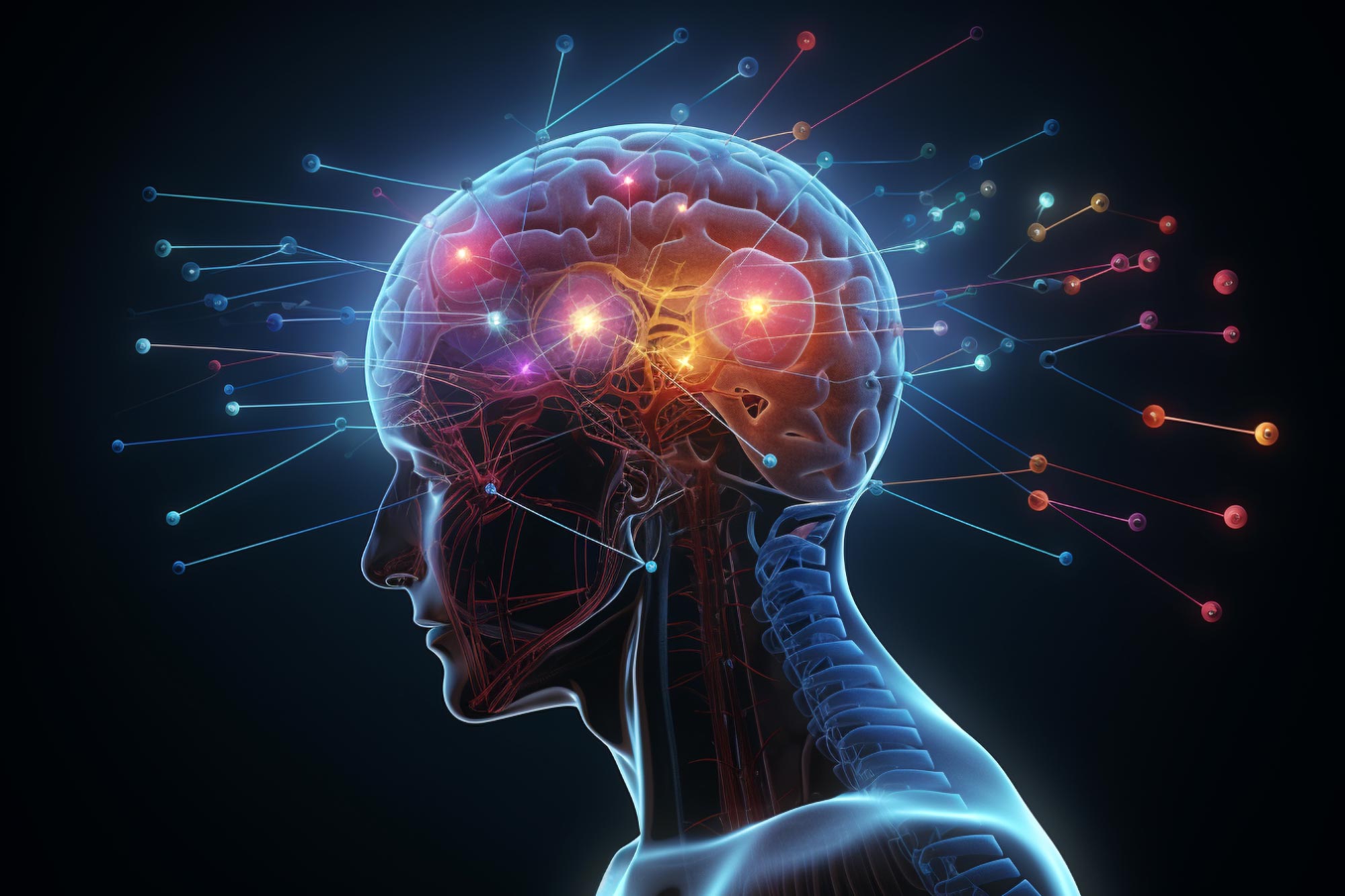
Scientists have discovered that learning and memory rely on the structural, not enzymatic, functions of the CaMKII enzyme. This advance could lead to new treatments for Alzheimer’s disease and possibly Down syndrome, using inhibitors that specifically target the enzyme’s enzymatic activity without affecting learning and memory.
Discovering the mechanisms of memory could pave the way for innovative treatments against Alzheimer’s disease and various other neurological diseases.
Researchers at the University of Colorado Anschutz Medical Campus have made a “paradigm-shifting” discovery about the mechanisms necessary for learning and memory. These discoveries promise to pave the way for new treatments for Alzheimer’s disease and possibly Down syndrome.
The study was recently published in the journal Nature.
For more than 30 years, researchers believed that LTP, or long-term potentiation, crucial for learning and memory, required enzymatic actions by an enzyme known as CaMKII.
But a team of researchers led by Ulli Bayer, Ph.D., professor of pharmacology at the University of Colorado School of Medicine, found that LTP requires structural, not enzymatic, functions of CaMKII.
This is important, Bayer said, because it opens the door to the therapeutic use of a new class of inhibitors that target only the enzymatic activity of CaMKII, but not the structural functions required for memory and learning. .
Previous studies from Bayer’s laboratory have shown that inhibition of CaMKII enzymatic activity protects against some of the effects of amyloid beta (Abeta) plaques in the brain, a hallmark of Alzheimer’s disease (AD).
Researchers have discovered a group of inhibitors that protect against Abeta effects without impairing LTP, making it potentially useful in treating a number of brain diseases without debilitating side effects.
“The implications are that a certain class of inhibitors of CaMKII activity could actually be used chronically to treat brain diseases, including Alzheimer’s disease,” said Bayer, lead author of the study. “This is novel because it was previously thought that any inhibitor of CaMKII activity would block the synaptic plasticity that underlies learning and memory, so their chronic use would be contraindicated.”
Bayer said that if the inhibitors work in humans, they could provide additional benefits in conjunction with all current AD treatment strategies.
“This is because different mechanisms are targeted,” he explained. “We are targeting the downstream effects of Abeta. While we don’t even claim this to be curative, it has the potential to significantly alleviate some of the most devastating symptoms of memory and learning loss.
The Bayer laboratory is currently testing whether the predictions made by its groundbreaking paper can be harnessed for human therapy.
Reference: “LTP induction by structural rather than enzymatic functions of CaMKII” by Jonathan E. Tullis, Matthew E. Larsen, Nicole L. Rumian, Ronald K. Freund, Emma E. Boxer, Carolyn Nicole Brown, Steven J. Coultrap, Howard Schulman, Jason Aoto, Mark L. Dell’Acqua and K. Ulrich Bayer, August 30, 2023, Nature.
DOI: 10.1038/s41586-023-06465-y

